The National Union of Journalists of Ukraine’s (NUJU) study reveals the dependence of local media on the curtailment of external financial support against the backdrop of the economic crisis and military challenges.
The NUJU has completed a large-scale study called From Emergency Measures to Strategic Decisions, which revealed the critical state of regional media outlets and their vulnerability to changes in international financial support. According to the results, 26% of newsrooms work without salaries, relying only on the enthusiasm of journalists, and the majority have a limited margin of financial strength.
The study carried out at the request of the Ministry of Culture and Strategic Communications of Ukraine, demonstrates systemic problems in the media industry, which have been exacerbated by the war and economic crisis.
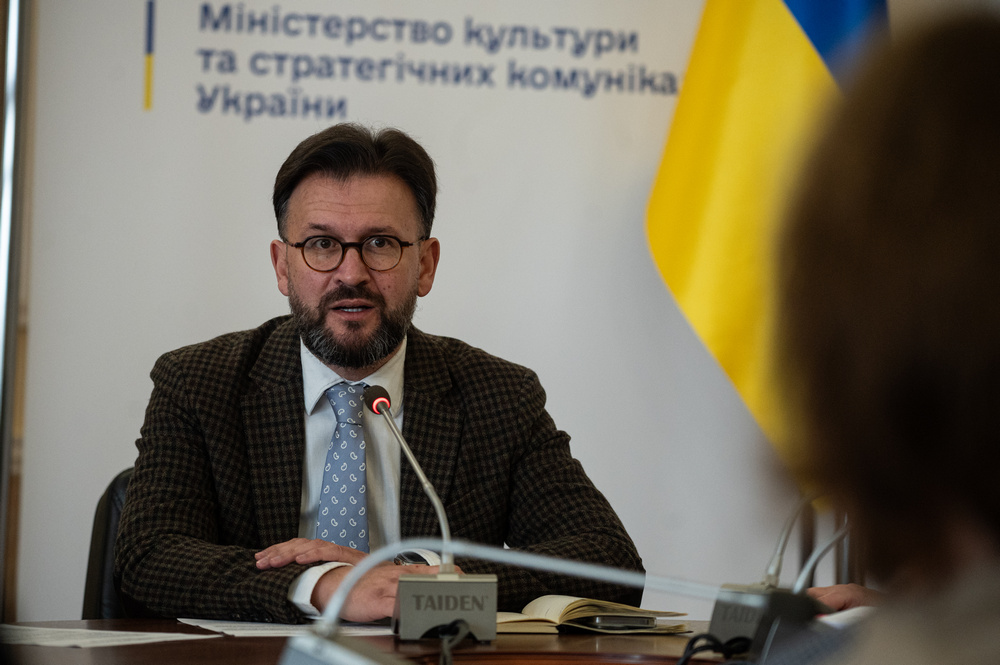
Financial vulnerability of local media in Ukraine
The NUJU study systematically assessed the real financial capacity of regional media in Ukraine:
- Only 18.1% of the surveyed newsrooms indicate that they will be able to operate for more than six months without external financial assistance
- 41% of those surveyed estimate their financial strength reserve at only six months
- 1% of newsrooms expect to last only up to three months
- 9% of media outlets have a strength reserve for only one month
The level of regional media budgets is also indicative. The vast majority (over 77%) of local media outlets operate with rather limited monthly budgets – up to UAH 100,000. This level of funding often only covers basic needs: minimum salaries for employees, printing and distribution costs, utility bills, and leaves no room for development and improvement of content quality.
Impact of USAID funding freeze on Ukrainian regional media
A separate aspect of the study was the analysis of the impact of the recent USAID funding freeze on the Ukrainian media sector. The study found that a third of the surveyed regional media outlets (33.3% or 27 media outlets) received support from USAID as of January 2025, while two-thirds (66.7%) did not.
For media outlets that received USAID support, its termination had serious consequences:
- Some newsrooms were left with significant debts to printing houses (in some cases up to 95 thousand UAH)
- Unpaid salaries to employees for January-February 2025
- Debts to contractors for work already done
- Significant own expenses that had to be reimbursed (one newsroom mentions 580 thousand UAH)
Front-line media outlets were particularly vulnerable, for which grant support was often the only stable source of income due to the lack of advertising and the inability to make subscriptions in conditions of hostilities.
It is significant that at the time of the study, only 15% of regional newsrooms had current grant support, which demonstrates the critical dependence of the sector on international funding as a whole.
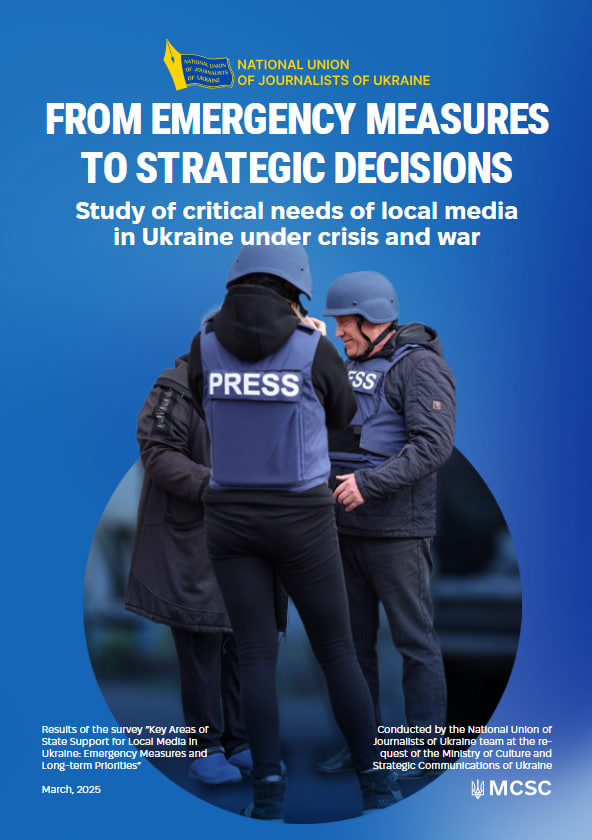
Forced anti-crisis measures:
- 8% of newsrooms are forced to reduce the salaries of employees
- More than 40% of newsrooms plan to reduce staff
- 4% of media outlets reduce the volume of materials
- 1% abandon planned projects and initiatives
- 9% of media outlets have reduced the frequency of newspaper publications (from weekly to monthly)
Threat to information security
The most serious consequence of freezing funding is the creation of a threat to the information security of front-line and liberated territories.
“As soon as we left Hulyaipil in 2022, russian frequencies immediately started working there. That is, if Ukrainian media outlets disappear, russian propaganda takes their place. This should not be the case. We are fighting not only for the survival of newsrooms but also for the information security of Ukraine,” the study quotes Tetiana Velyka, the editor of the Holos Huliaipillia newspaper (Zaporizhzhia Region).
Key needs of local media
The survey revealed the key needs of local media to continue their activities:
Financial needs:
- 6% of identified funds for salaries as the most priority need
- 3% indicated the need to finance printing services
- Most of the real local media in Ukraine (over 77%) operate with quite limited monthly budgets – up to 100,000 UAH
Technical needs:
- 6% reported the need to purchase new equipment to work in conditions of frequent power outages
- 6% need support with delivery services for publications, especially in front-line areas
Infrastructural needs:
- 1% of newsrooms noted the need for assistance with renting premises and paying for utilities
- Problems with Ukrposhta and the publication distribution system
Expectations related to state support
The majority of respondents (75.9%) consider the mandatory publication of information by local authorities in registered media. 50.6% of the surveyed newsrooms are in favor of providing direct financing assistance from the state. In comparison, 34.9% see the role of the state in creating favorable conditions in the media market.
Other priority measures include:
- Improving the work of Ukrposhta (79,4%)
- Including measures to restore local media in regional recovery programs (59%)
- Reducing the tax burden (49.4%)
- Compensating for print delivery services (45.8%)Conclusions and recommendations
The NUJU’s study demonstrates that without urgent support measures from the state and international partners, Ukraine risks losing a significant part of its media infrastructure, which will have serious consequences for information security and democratic development.
“The study confirms our thesis that the issue of supporting local media is not just an economic problem but a matter of national security. It is important to develop a comprehensive approach that combines administrative, economic, and infrastructure measures to ensure the sustainability of local media in wartime conditions,” emphasized NUJU President Sergiy Tomilenko.
“We presented to the European Union the criticality of supporting local media. We conveyed to the European Commission and the European External Action Service information that we critically need financial support for Ukrainian media, especially in front-line regions,” emphasizes Deputy Minister of Culture and Strategic Communications Andrii Nadzhos.
Methodology and scope of the study
81 media outlets from 21 regions of Ukraine participated in the study, conducted in March 2025. 32 publications (40% of respondents) represent front-line communities.
The distribution of participants by type of media was as follows:
- 68 (84%) – print publications
- 8 (10%) – online media
- 4 (5%) – TV channels
- 1 (1%) – radio broadcaster
95% of the surveyed media outlets are registered as media entities in accordance with the Law of Ukraine On Media.
The study was conducted by the NUJU author group: Sergiy Tomilenko (NUJU Chairman), Iryna Khromenko (NUJU Project Coordinator), and Lina Kushch (NUJU First Secretary).
“The study was conducted in the context of a large-scale meeting of media representatives with the leadership of the Ministry of Culture and Strategic Communications of Ukraine, during which more than 80 representatives of local media shared their problems and asked for help in the context of the crisis,” said NUJU President Sergiy Tomilenko.
“FROM EMERGENCY MEASURES TO STRATEGIC DECISIONS”

 THE NATIONAL UNION OF
JOURNALISTS OF UKRAINE
THE NATIONAL UNION OF
JOURNALISTS OF UKRAINE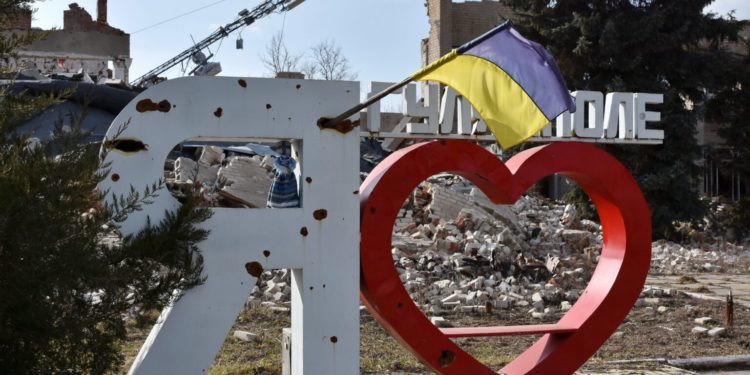
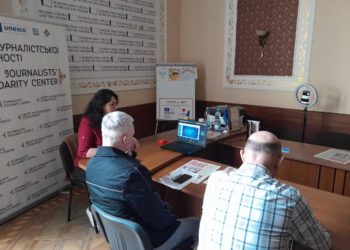


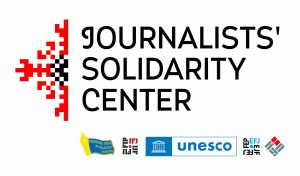







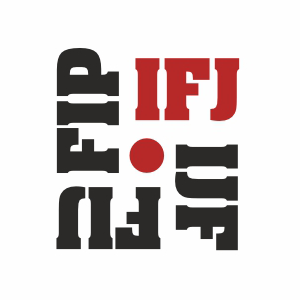
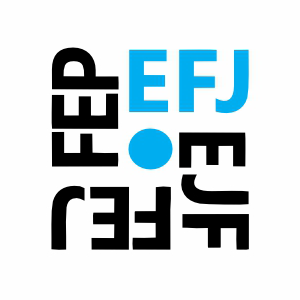



Discussion about this post